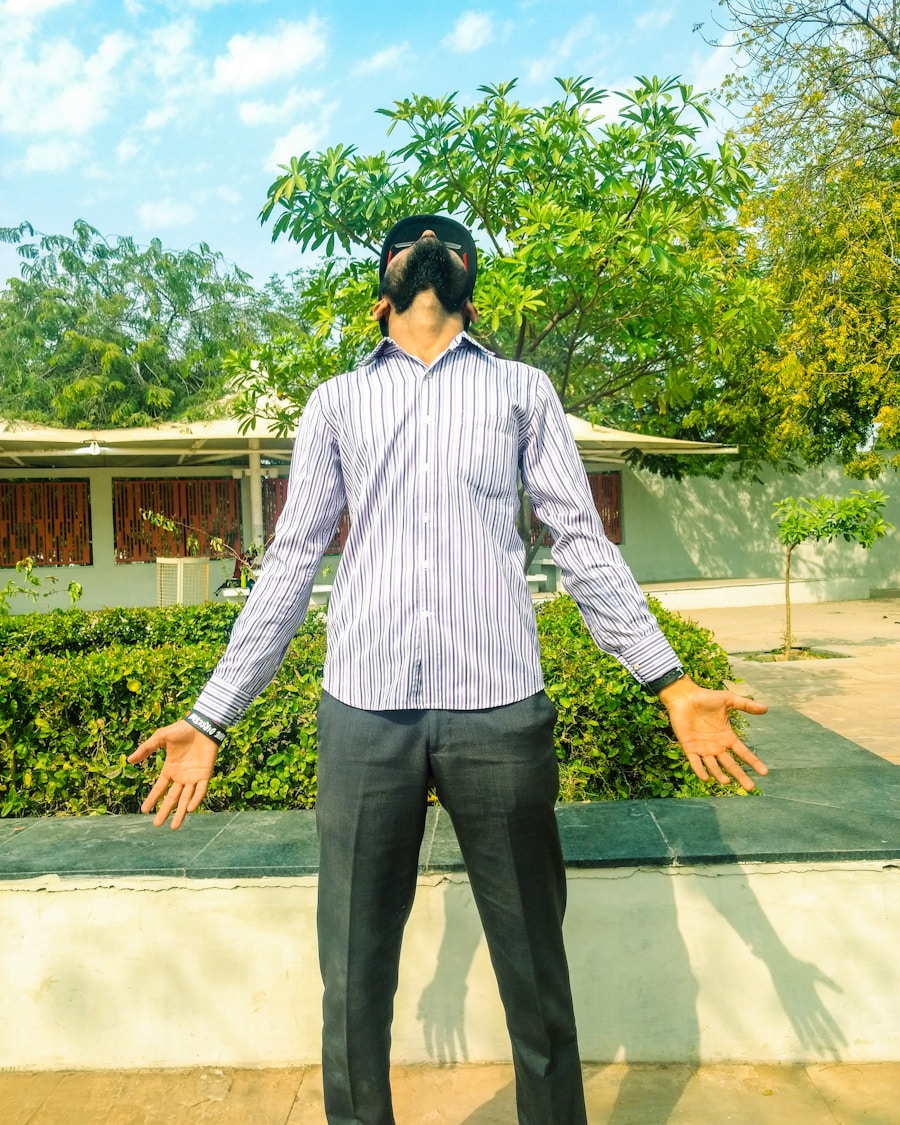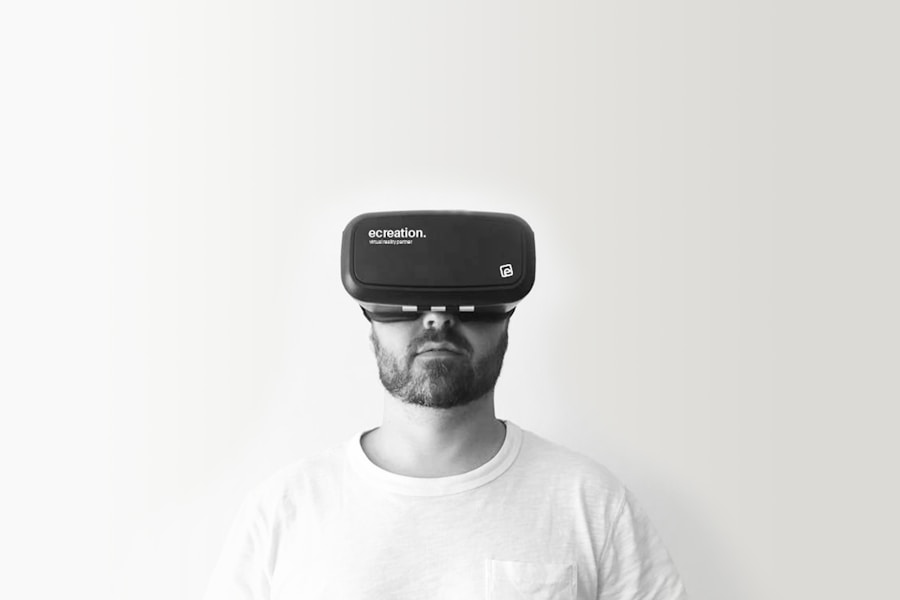The Metaverse is a collective virtual space that merges physical and digital realities, allowing users to interact with a computer-generated environment and other users in real-time. It encompasses a wide array of experiences, from immersive virtual reality (VR) environments to augmented reality (AR) overlays that enhance the real world. The term itself has gained traction in recent years, particularly as technology has advanced to support more sophisticated and engaging virtual experiences.
In essence, the Metaverse is not just a single platform or application; it is an expansive ecosystem that includes social interactions, gaming, commerce, education, and much more. At its core, the Metaverse aims to create a seamless blend of the digital and physical worlds, where users can engage in various activities as if they were in a shared physical space. This concept is often illustrated through examples like virtual concerts, where thousands of avatars gather in a digital arena to enjoy live performances, or virtual marketplaces where users can buy and sell digital goods.
The Metaverse is characterized by its persistent nature; it continues to exist and evolve even when individual users log off. This persistence fosters a sense of community and continuity that is often lacking in traditional online experiences.
Key Takeaways
- The Metaverse is a collective virtual shared space, created by the convergence of virtually enhanced physical reality and physically persistent virtual reality.
- Virtual reality has a long history, dating back to the 1950s, and has evolved into the concept of the Metaverse, popularized by Neal Stephenson’s 1992 novel “Snow Crash.”
- The Metaverse is made possible by advanced technologies such as virtual reality, augmented reality, blockchain, and artificial intelligence.
- The Metaverse has the potential to revolutionize various aspects of society and culture, including entertainment, education, work, and social interaction.
- The future of the Metaverse holds exciting opportunities for innovation and collaboration, but also presents challenges such as privacy concerns and digital inequality.
The History of Virtual Reality and the Metaverse
The roots of virtual reality can be traced back to the mid-20th century when pioneers like Morton Heilig developed the Sensorama, an early multi-sensory experience that combined 3D visuals with sound, smell, and vibration. However, it wasn’t until the 1980s that the term “virtual reality” gained prominence, largely due to the work of Jaron Lanier and his company VPL Research, which created some of the first VR goggles and gloves. These early devices laid the groundwork for future developments in immersive technology, but they were limited by the hardware capabilities of the time.
The concept of the Metaverse itself was popularized by Neal Stephenson’s 1992 science fiction novel “Snow Crash,” which depicted a virtual reality-based successor to the internet. In this narrative, users interacted through avatars in a vast digital landscape, foreshadowing many elements we associate with today’s Metaverse. The evolution of online gaming in the late 1990s and early 2000s further contributed to the development of virtual worlds.
Games like “Second Life” allowed users to create avatars and engage in social interactions within a persistent online environment, setting the stage for more complex Metaverse experiences.
The Technology Behind the Metaverse

The technological foundation of the Metaverse is built upon several key components that work together to create immersive experiences. Virtual reality headsets, such as the Oculus Rift and HTC Vive, provide users with a fully immersive experience by blocking out the physical world and presenting a 3D digital environment. These devices utilize advanced sensors and displays to track head movements and deliver high-resolution visuals, making users feel as though they are truly present in a virtual space.
In addition to VR hardware, augmented reality technologies play a crucial role in shaping the Metaverse. Devices like Microsoft’s HoloLens overlay digital information onto the real world, allowing users to interact with both physical and virtual elements simultaneously. This blending of realities opens up new possibilities for applications in education, training, and entertainment.
Furthermore, advancements in artificial intelligence (AI) enhance user interactions within the Metaverse by enabling more realistic NPCs (non-player characters) and personalized experiences based on user behavior. Networking technologies are also vital for the Metaverse’s functionality. High-speed internet connections and cloud computing allow for real-time interactions among users across vast distances.
The use of blockchain technology is emerging as a means to secure transactions and ownership of digital assets within the Metaverse, providing a decentralized framework that can support virtual economies. Together, these technologies create an interconnected ecosystem that enables users to explore, create, and interact in ways that were previously unimaginable.
The Impact of the Metaverse on Society and Culture
| Metrics | Data |
|---|---|
| Number of Metaverse Users | Estimated 1 billion users by 2030 (Source: Meta) |
| Virtual Economy Size | Projected to reach 800 billion by 2024 (Source: Statista) |
| Impact on Remote Work | 80% of companies plan to use the metaverse for virtual meetings and collaboration (Source: Gartner) |
| Social Interaction | 70% of Gen Z and Millennials believe the metaverse will be a primary way of socializing (Source: Morning Consult) |
| Cultural Influence | Metaverse experiences are shaping new forms of art, music, and fashion (Source: Forbes) |
The emergence of the Metaverse has profound implications for society and culture, reshaping how individuals communicate, socialize, and engage with one another. One significant impact is the transformation of social interactions; people can connect with others from around the globe in shared virtual spaces, fostering a sense of community that transcends geographical boundaries. This has been particularly evident during events like virtual conferences or online gaming tournaments, where participants can collaborate or compete regardless of their physical location.
Moreover, the Metaverse has become a platform for creative expression and cultural exchange. Artists and creators are leveraging virtual environments to showcase their work in innovative ways, from virtual art galleries to immersive storytelling experiences. This democratization of creativity allows individuals from diverse backgrounds to share their perspectives and engage with audiences worldwide.
Additionally, cultural events such as concerts or festivals are increasingly being held in virtual formats, enabling broader access to entertainment while also challenging traditional notions of performance and audience engagement.
The Future of the Metaverse
As technology continues to advance at an unprecedented pace, the future of the Metaverse holds immense potential for innovation and growth. One area poised for significant development is the integration of artificial intelligence into virtual environments. AI could enable more sophisticated interactions between users and digital entities, creating dynamic experiences that adapt to individual preferences and behaviors.
Furthermore, as more industries recognize the value of virtual environments, we can expect an expansion of applications beyond gaming and social networking. Sectors such as education, healthcare, and real estate are beginning to explore how the Metaverse can enhance their operations.
Virtual classrooms could offer immersive learning experiences that engage students in ways traditional methods cannot achieve. In healthcare, telemedicine could evolve into virtual consultations where doctors interact with patients in realistic settings. The possibilities are vast, suggesting that the Metaverse will become an integral part of various aspects of daily life.
Opportunities and Challenges in the Metaverse

While the Metaverse presents numerous opportunities for innovation and engagement, it also poses significant challenges that must be addressed. One major opportunity lies in economic growth; as businesses establish their presence within virtual environments, new markets will emerge for digital goods and services. This could lead to job creation in fields such as game design, virtual architecture, and digital marketing.
Additionally, brands are increasingly exploring ways to engage consumers through immersive advertising experiences that resonate with audiences on a deeper level. However, these opportunities come with challenges related to privacy and security. As users navigate the Metaverse, they generate vast amounts of data that can be exploited if not properly protected.
Ensuring user privacy while fostering an open environment for creativity will require robust regulatory frameworks and technological safeguards. Moreover, issues related to digital ownership and intellectual property rights will need to be addressed as users create and trade digital assets within these spaces.
For those new to the Metaverse, navigating this expansive digital landscape can be both exciting and overwhelming. One essential tip for beginners is to start by familiarizing themselves with different platforms available within the Metaverse ecosystem. Each platform offers unique experiences; for instance, platforms like Decentraland focus on virtual real estate ownership and social interaction, while others like Roblox cater primarily to gaming communities.
Exploring various environments will help newcomers understand what resonates with them. Another important aspect is engaging with communities within these platforms. Many users find value in joining forums or social media groups dedicated to specific interests or platforms.
These communities often provide valuable insights into best practices for creating content or participating in events.
Ethical Considerations in the Metaverse
As the Metaverse continues to evolve, ethical considerations surrounding its development and use become increasingly important. One pressing issue is ensuring inclusivity within these digital spaces; as diverse populations engage with the Metaverse, it is crucial that all users feel represented and safe from discrimination or harassment. Developers must prioritize creating environments that foster respect and understanding among users from different backgrounds.
Another ethical concern revolves around data privacy and security. With vast amounts of personal information being collected within virtual environments, there is a responsibility to protect user data from breaches or misuse. Transparency regarding data collection practices and user consent will be vital in building trust among participants in the Metaverse.
Additionally, addressing issues related to digital addiction will be essential as immersive experiences become more prevalent; promoting healthy usage habits will help mitigate potential negative impacts on mental health. In summary, while the Metaverse offers exciting possibilities for innovation and connection across various domains, it also presents challenges that require careful consideration from developers, users, and policymakers alike. As we move forward into this new frontier of digital interaction, fostering an ethical framework will be essential for ensuring that the Metaverse serves as a positive force for society as a whole.
If you are interested in learning more about the challenges and opportunities in the metaverse, particularly regarding privacy and security concerns, I recommend checking out the article Challenges and Opportunities in the Metaverse: Privacy and Security Concerns. This article delves into the potential risks and benefits of navigating virtual worlds and online communities, shedding light on important considerations for users and developers alike.
FAQs
What is the virtual reality metaverse?
The virtual reality metaverse is a collective virtual shared space, created by the convergence of virtually enhanced physical reality and physically persistent virtual reality. It is a space where users can interact with a computer-generated environment and other users.
How does the virtual reality metaverse work?
The virtual reality metaverse works by using virtual reality technology to create a digital environment that users can interact with. Users can create avatars, explore virtual spaces, and engage in various activities such as socializing, gaming, and attending events.
What are some examples of virtual reality metaverse platforms?
Some examples of virtual reality metaverse platforms include Second Life, Decentraland, and VRChat. These platforms allow users to create and customize their own virtual spaces, interact with others, and participate in a wide range of activities.
What are the potential uses of the virtual reality metaverse?
The virtual reality metaverse has the potential to be used for a wide range of purposes, including socializing, entertainment, education, training, virtual events, and virtual commerce. It can also be used for virtual tourism, virtual real estate, and virtual art galleries.
What are the challenges and concerns associated with the virtual reality metaverse?
Some of the challenges and concerns associated with the virtual reality metaverse include issues related to privacy, security, digital rights, virtual addiction, and the potential for creating virtual environments that mimic real-world inequalities and injustices. Additionally, there are concerns about the impact of prolonged virtual reality use on mental and physical health.

Leave a Reply